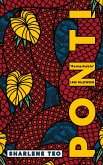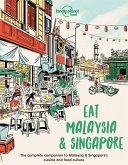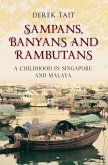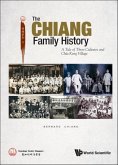Sir Stamford Raffles discovered an unnamed new species in 1821 when he was documenting natural history in Singapore. This elusive primate, the Raffles' banded langur, was later named after him. This book is a one-stop resource for everything we know about the critically endangered primate that is only found in Singapore and Malaysia, including its distribution, diet, family structure, infant development, threats and conservation. The Raffles' banded langur is a large but slender-bodied monkey with black fur and white bands, while the infants are born with white fur and black bands. Exclusive high-quality photographs of the langurs are featured with family trees illustrating individually named langurs. Interesting anecdotes about their personalities and behaviours are narrated. Living high up in the tree canopies, they eat a variety of local produce and exotic plants, from the red, juicy rambutans, stinky petai beans, to leafy angsana, perfumed wild cinnamon flowers and large sea almond fruits. This book showcases the diverse habitats of the Raffles' banded langurs, bringing us from the freshwater swamp forest in Singapore to the steep slopes of Gunung Lambak and the primary rainforests of Endau Rompin National Park in Johor, Malaysia. This book also highlights the cross-border conservation efforts and future plans to safeguard its long-term survival, and promotes a better understanding and appreciation of our shared natural heritage.








